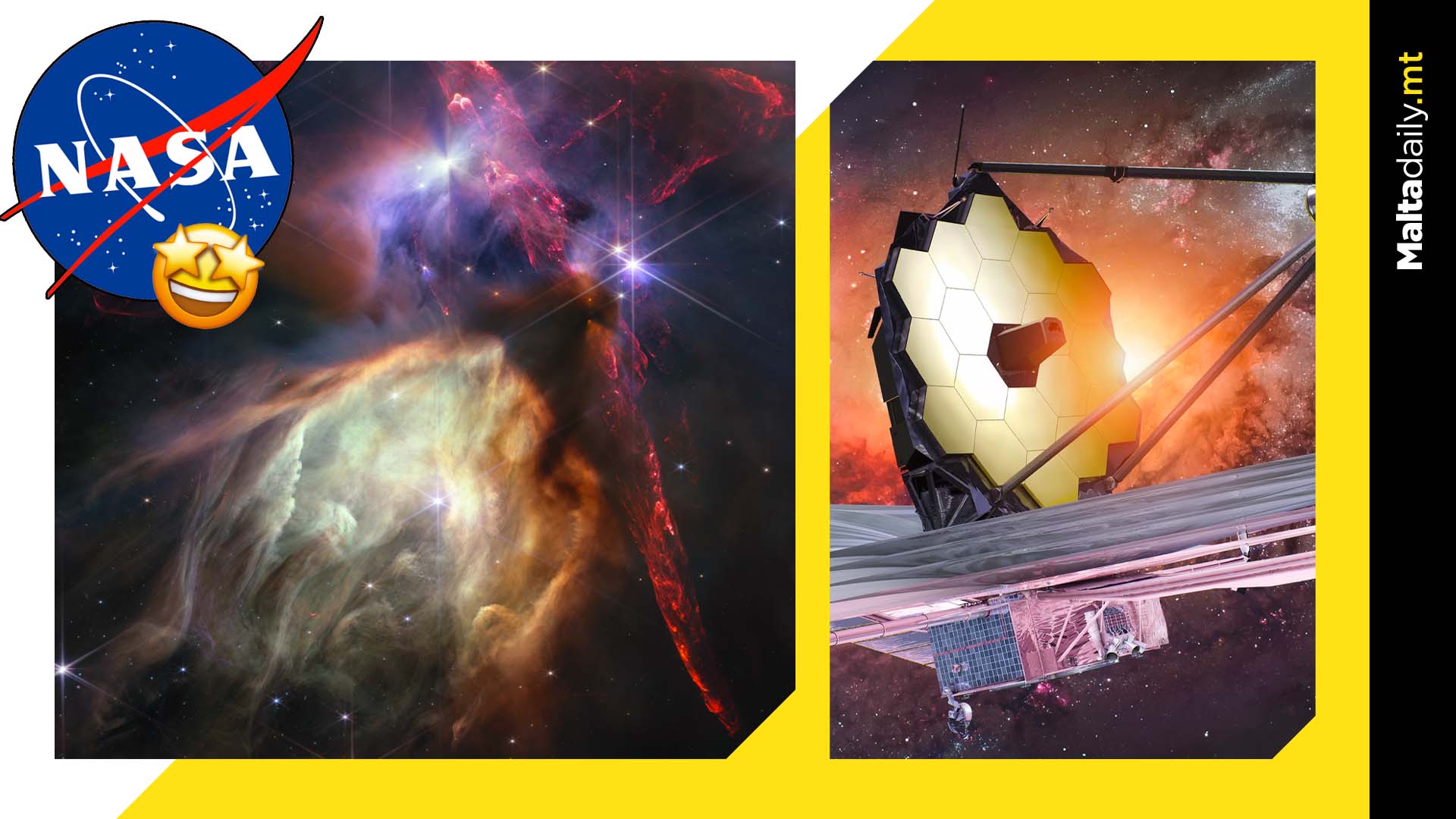James Webb Telescope Celebrates Birthday With New Images

Well, sort of. NASA’s James Webb Space Telescope has completed its first year of science operations, delivering unprecedented views of the cosmos from our solar system to distant galaxies.
To mark this milestone, NASA has released an image captured by Webb of a small star-forming region in the Rho Ophiuchi cloud complex.This image showcases the telescope’s ability to peer through dust clouds and capture light from far reaches of the universe.
The James Webb Space Telescope has revolutionized our understanding of the universe in just one year. With each new image, scientists are empowered to ask and answer questions that were once unimaginable.
The telescope is a testament to American innovation and international collaboration, with thousands of dedicated individuals contributing to its success.
The featured image provides an intricate close-up of a star-forming region located 390 light-years away, allowing for detailed observations without any obstructing foreground stars.
The image reveals approximately 50 young stars, some similar in mass to the Sun or smaller. The darkest regions represent dense dust cocoons where protostars are still forming. The image also showcases large bipolar jets of molecular hydrogen, symbolized in red, which occur when a star bursts through its cosmic dust envelope.
Webb’s image of Rho Ophiuchi sheds light on a brief phase in the life cycle of stars, giving scientists a clearer understanding of the beginnings of stellar stories. Some stars in the image exhibit shadows indicating the presence of protoplanetary disks, offering a glimpse into the potential formation of future planetary systems.
The James Webb Space Telescope’s accomplishments in its inaugural year have laid the foundation for groundbreaking scientific discoveries and the search for habitable worlds, solidifying NASA’s role as a leader in the exploration of the universe.
#MaltaDaily


